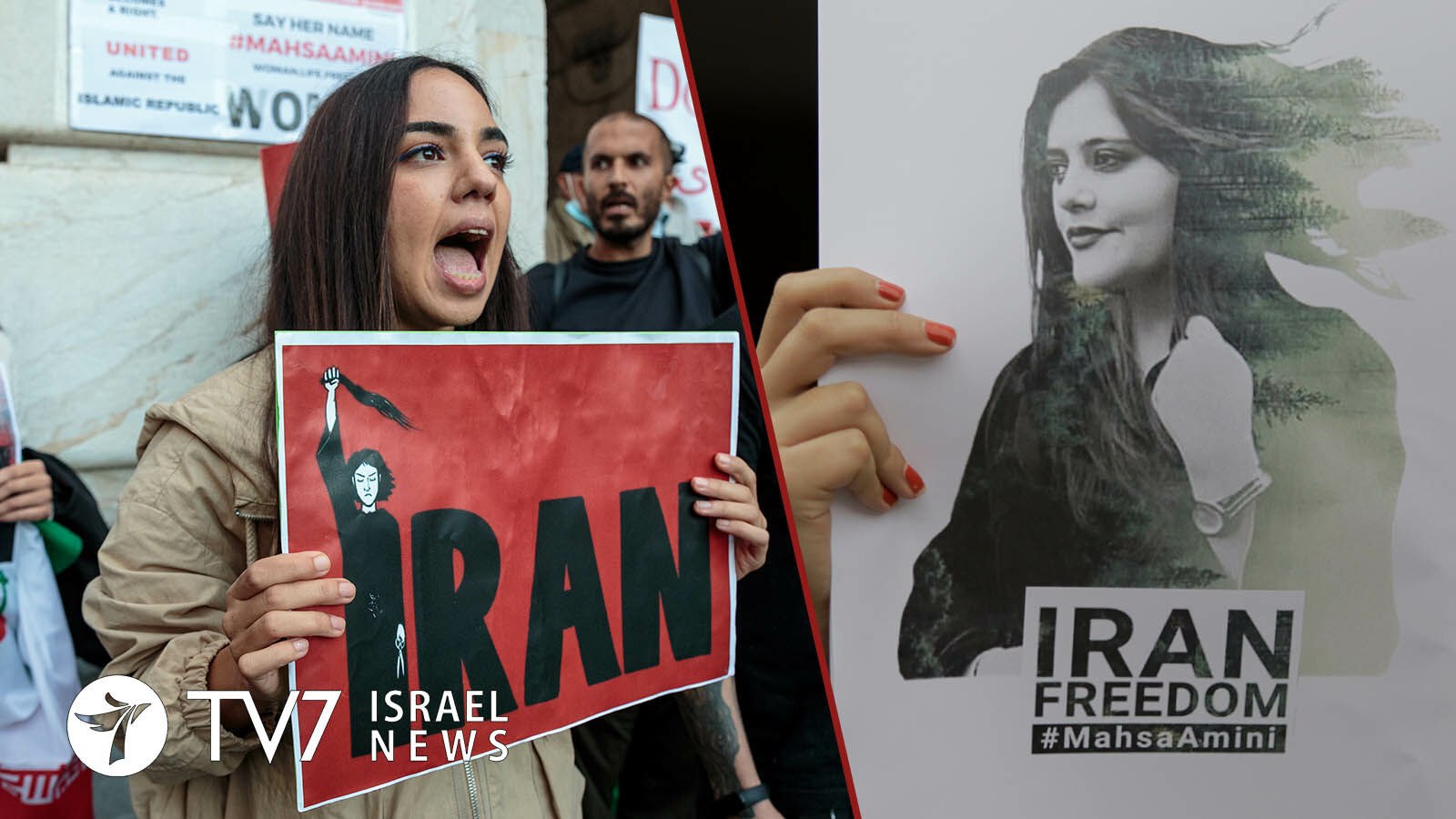At least 130 people have been killed, thousands arrested and hundreds of others injured in mass unrest in the biggest show of opposition to Iran’s authorities in years, with many calling for the end of more than four decades of Islamic clerical rule.
By Erin Viner
Iran’s Supreme Leader Ayatollah Ali Khamenei today accused his country’s arch-adversaries – the United States and Israel – of orchestrating what he called “riots.”
He also gave his full backing for security forces to confront nationwide demonstrations ignited by the death of Mahsa Amini – in what could signal an even harsher impending crackdown to suppress outrage on the streets persisting more than two weeks since she died.
Ayatollah Khamenei broke his silence over the death of the 22-year-old woman, which he said “deeply broke my heart” and a “bitter incident” provoked by Iran’s enemies.
Khamenei further insisted that Iranian security forces who have led the crackdown on protestors, including police and the volunteer Basij militia, have faced “injustice: and have been “wronged,” and that anyone who counters Iranian security forces would leave Iranian citizens “defenseless against thugs, robbers and extortionists,” he proclaimed.
Fury over Amini’s death has spread to Iran’s 31 provinces, with all sectors of society, including ethnic and religious minorities, taking part – and many demanding the ousting of the Supreme Leader. The protests have not abated despite a rising death toll and increasingly violent response by security forces, which allegedly includes live ammunitions, tear gas and clubs.
University students today staged strikes after security forces clashed with students at a prominent Tehran university yesterday. Videos posted on social media claimed that dozens of students were arrested, and many have been injured.
State television reported that 19 people were killed on Friday in Zahedan, the capital of the southeastern Sistan-Baluchistan province, when unidentified individuals opened fire on a police station, prompting security forces to return fire. The Islamic Revolutionary Guards Corps (IRGC) said four of its members and the Basij were killed in the attack, which authorities blamed a separatist group from the Baluchi minority.
The official IRNA news agency posted a video showing burning and destroyed cars, buildings and stores.
The protests are the largest to sweep the country since demonstrations over fuel prices in 2019, when an estimated 1,500 people were killed in a crackdown on protesters – the bloodiest confrontation in the Islamic Republic’s history.
Protests have been particularly intense in Iran’s Kurdistan region, where authorities have previously stamped out unrest by the minority community that numbers an estimated 10 million.
In an attempt to offset a feared ethnic uprising, Iran launched rocket and drone attacks on targets in Iraq’s Kurdish region this week after accusing Iranian Kurdish dissidents of being involved in the protests. A Kurdish security official said Iranian artillery also shelled Choman district in Erbil.
In a worldwide demonstration of solidarity with the Iranian people, rallies have also been held in London, Paris, Rome, Madrid and other Western cities.
